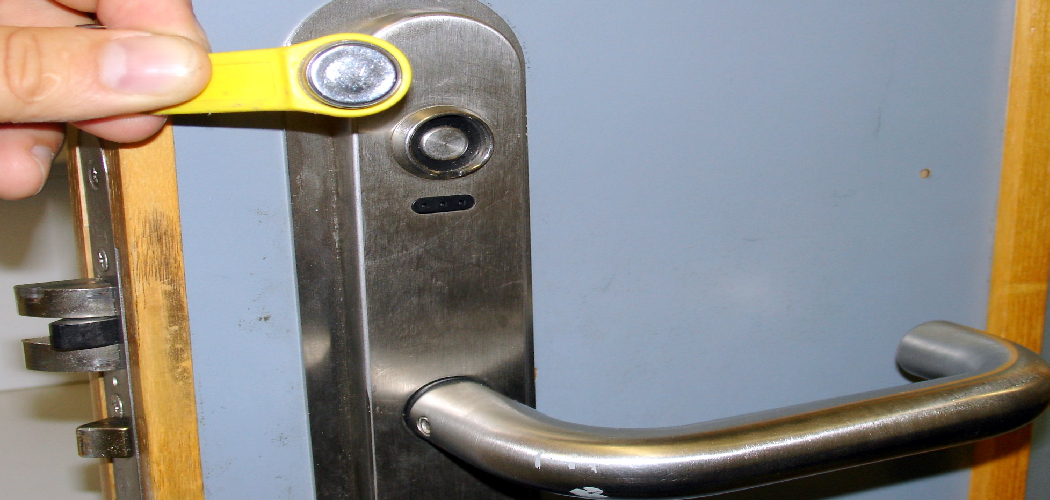Installing a line lock is an essential modification for enhancing control in vehicles, particularly for performance or drag racing applications. A line lock system allows temporary locking of the front brakes, enabling the rear wheels to remain free for burnouts or launches.
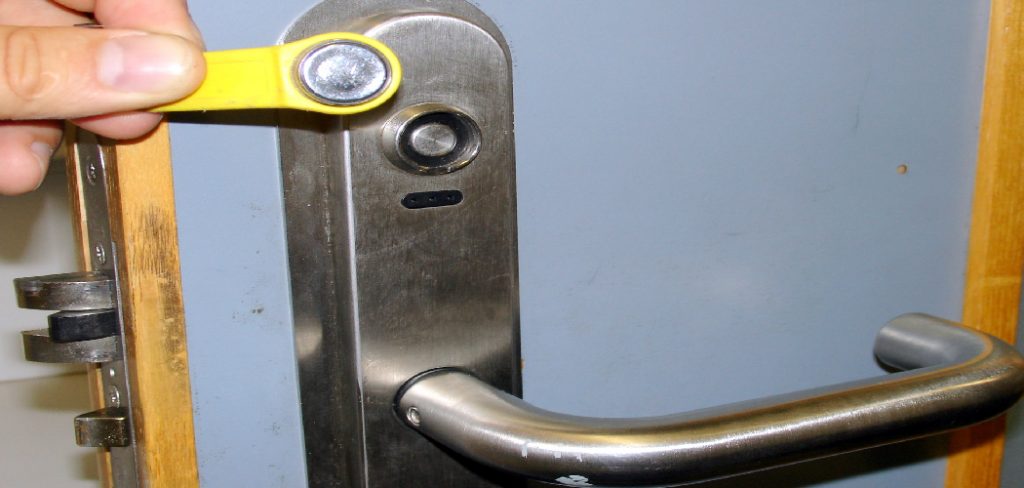
Proper wiring of a line lock ensures reliable performance and safety during operation. This guide will walk you through the necessary steps of how to wire a line lock effectively.
What Is a Line Lock?
A line lock is an electrical solenoid valve installed in a vehicle’s brake system, typically on the front brake lines. Its primary purpose is to temporarily hold pressure in the front brakes while allowing the rear brakes to remain disengaged. This feature is especially useful in motorsports, like drag racing, where precise control over the vehicle’s movement is essential.
By engaging the line lock, drivers can perform burnouts to heat up the rear tires for better traction or hold the vehicle in place at the start line without relying on the foot brake. Line locks are easy to activate, usually via a button or switch, and provide a significant performance advantage when installed and used correctly.
Why Proper Wiring Is Important
Proper wiring is crucial when installing a line lock system to ensure both safety and performance. Faulty or incorrect wiring can lead to unintended activation or failure of the line lock, which could compromise vehicle control or even cause damage to the braking system.
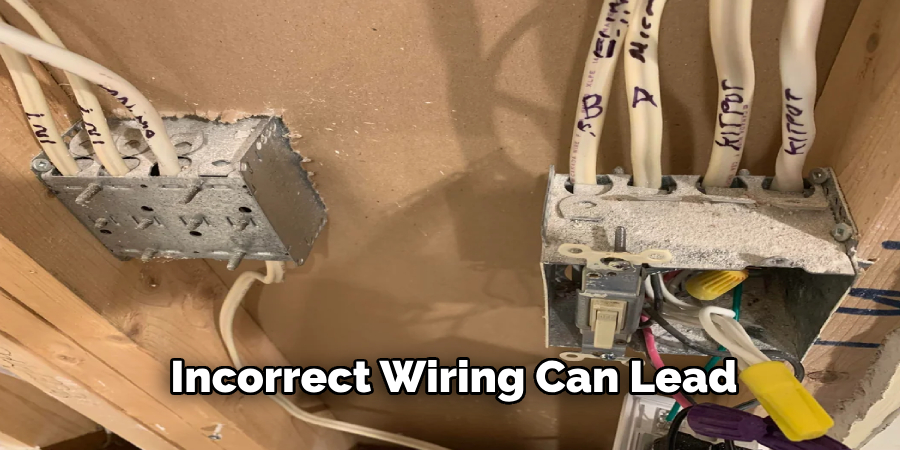
Additionally, ensuring secure connections and using high-quality wiring materials is essential to handle the electrical demands of the device. Poor wiring increases the risk of shorts, malfunctions, or other electrical issues that could impact the reliability of the system.
By carefully following the manufacturer’s wiring instructions and, if necessary, consulting a qualified professional, drivers can maximize the effectiveness and longevity of their line lock system while minimizing risks on the road or track.
10 Methods How to Wire a Line Lock
1. Understanding the Line Lock System
Before diving into the wiring process, it’s essential to understand how a line lock works. A line lock consists of a solenoid that controls brake fluid flow to the front brakes. When activated, it holds brake pressure on the front wheels, allowing the rear wheels to rotate freely.
Typically, a line lock system includes a solenoid valve, a momentary switch, a fuse, and proper wiring to connect the components. Familiarizing yourself with the system helps you follow the wiring diagram correctly and ensures safe installation.
2. Gather the Necessary Tools and Materials
Before beginning the wiring process, assemble all necessary tools and materials to make the installation efficient and error-free. You will need:
- Line lock kit (including solenoid and switch)
- Wire cutters and strippers
- Electrical tape
- Heat shrink tubing
- Crimp connectors
- 12-gauge automotive wire
- Multimeter
- Fuse holder and 10-amp fuse
- Soldering iron (optional but recommended)
- Screwdrivers and mounting hardware
Having the correct tools ensures a professional and secure installation, minimizing the risk of wiring issues later on.
3. Plan the Wiring Route
Carefully plan the wiring route from the solenoid to the switch and power source. Avoid sharp edges, moving parts, and areas prone to excessive heat. Ideally, the wires should run through the vehicle’s interior or protected areas to prevent damage.
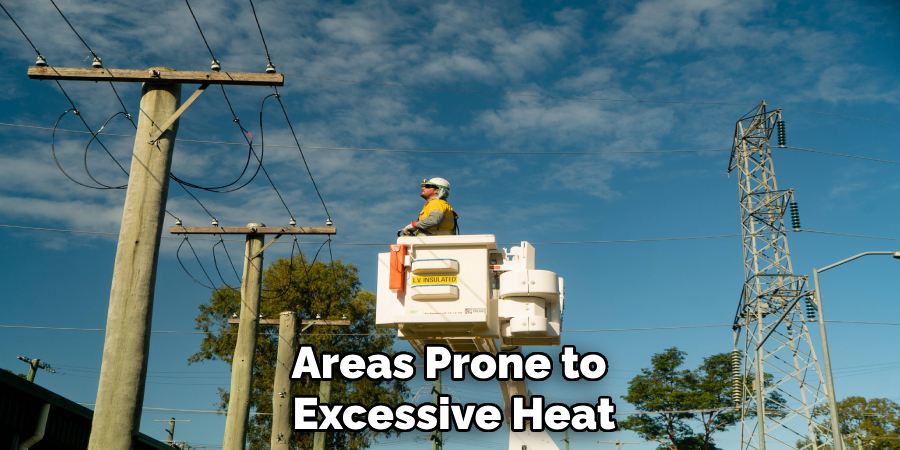
Use existing grommets or drill new holes with rubber bushings to protect the wires. Planning the route reduces the risk of electrical shorts and ensures that the line lock functions reliably under different conditions.
4. Disconnect the Battery
Safety is paramount when working with automotive wiring. Start by disconnecting the negative battery terminal to avoid accidental short circuits or electrical shocks. This step is crucial when dealing with the brake system and electrical components. Working without power ensures that you can safely manipulate wires and components without causing damage to the vehicle’s electrical system.
5. Mount the Line Lock Solenoid
Securely mount the solenoid to the vehicle’s chassis or firewall near the front brake lines. Use the provided mounting brackets and ensure the solenoid is positioned upright for proper fluid flow.
Connect the brake line to the inlet and outlet ports, using Teflon tape or pipe sealant to prevent leaks. Mounting the solenoid correctly ensures optimal brake fluid pressure and prevents potential leaks or malfunctions.
6. Wiring the Solenoid
The solenoid typically has two wires: one for power and one for ground. Connect the ground wire to a clean, unpainted metal surface near the solenoid. Use a ring terminal for a secure connection. For the power wire, use a 12-gauge wire, routing it towards the interior where the switch will be mounted.
Crimp or solder the connections for durability and cover with heat shrink tubing. Proper grounding is essential to avoid electrical malfunctions and ensure consistent line lock operation.
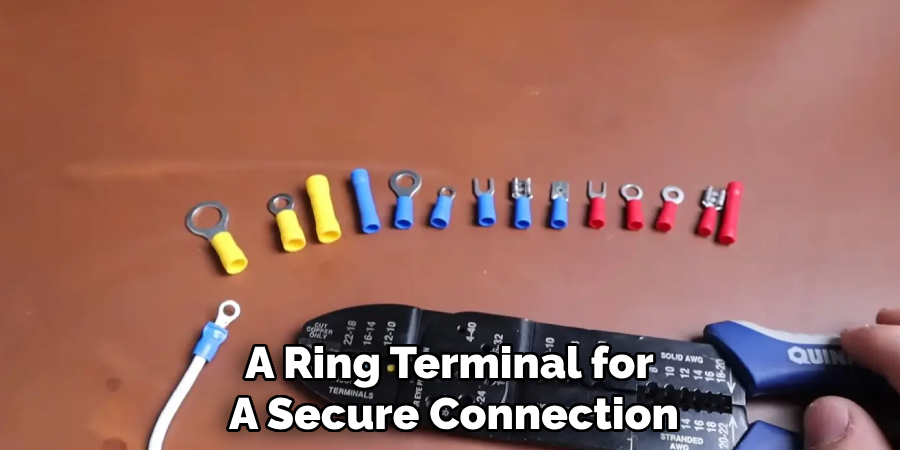
7. Installing the Switch and Fuse
Mount the momentary switch in an easily accessible location, such as on the dashboard or center console. Drill a small hole, if necessary, and secure the switch using the provided hardware. Run a power wire from the battery or fuse box to the switch, incorporating a 10-amp inline fuse.
The fuse acts as a safeguard against electrical surges and protects the circuit. Wiring through the fuse box allows for a cleaner installation and reduces the risk of short circuits.
8. Connect the Power Circuit
Attach the power wire from the switch to the solenoid’s positive wire. Make sure to use crimp connectors or solder joints for reliability. Route the wire neatly, securing it with zip ties to prevent interference with other vehicle components.
Test the voltage at the solenoid using a multimeter to confirm proper connectivity. A solid electrical connection ensures that the solenoid activates reliably every time you engage the switch.
9. Test the Line Lock Functionality
Once all wiring is complete, reconnect the battery and test the line lock. Depress the brake pedal, activate the switch, and release the brake while holding the button. The front brakes should remain locked while the rear wheels are free to rotate. Release the switch to disengage the line lock.
Repeat the test a few times to ensure consistent performance. Testing is essential to verify that the line lock engages and releases correctly without electrical faults.
10. Final Inspection and Safety Check
Perform a thorough inspection of the wiring, checking for any exposed or loose connections. Use electrical tape and heat shrink tubing to cover all joints securely. Ensure that the wiring does not interfere with moving parts or hot surfaces. Check the fluid connections for leaks and tighten any fittings as needed.
Finally, test the line lock again while driving in a controlled environment to confirm that it functions correctly under real-world conditions. Regularly inspecting the system will help maintain reliable performance over time.
Things to Consider When
When installing or maintaining a line lock system, there are several important factors to keep in mind to ensure safety and reliability. First, always consult the manufacturer’s guidelines for installation to avoid compatibility issues or damage to the components. Use high-quality materials, such as durable wiring and leak-proof fittings, to minimize the risk of failure.
Additionally, double-check all electrical connections to prevent shorts or power loss. It’s vital to keep the system clean and free of dirt or debris, as contaminants can interfere with performance. Lastly, periodic inspections are essential to catch any wear or damage early, preventing potential failures during use.
Safety Considerations
Ensuring safety during installation and operation is paramount to avoid accidents or system malfunctions. Always disconnect power sources before beginning any maintenance or adjustments to prevent electrical shocks. Use protective gear such as gloves and safety goggles when handling components, especially when dealing with sharp edges, high temperatures, or hazardous materials.

It is also essential to conform to local safety standards and guidelines, particularly when dealing with electrical systems or pressurized components. Keep a clear workspace to reduce the risk of tripping or accidental damage, and ensure all team members are briefed on emergency protocols. By adopting these precautions, you can significantly reduce the risk of injury or damage.
Common Mistakes to Avoid
When working on projects involving complex systems or machinery, it’s crucial to be aware of common mistakes that can lead to inefficiencies or hazards. One frequent error is neglecting to double-check connections or components before initiating operation, which can result in malfunctions or equipment damage.
Another common oversight is failing to use the appropriate tools or protective gear, increasing the risk of injury or improper assembly. Additionally, skipping thorough documentation of processes and changes can lead to confusion and make troubleshooting more difficult in the future.
Finally, underestimating the importance of proper training and preparation may lead to errors that could have been avoided with adequate knowledge and practice. Recognizing and addressing these pitfalls can lead to safer and more effective project outcomes.
Conclusion
Wiring a line lock requires precision, planning, and attention to detail. By following these ten methods, you can safely and effectively install a line lock on your performance vehicle. Proper grounding, secure connections, and thorough testing are vital to ensure reliable operation during high-performance situations.
Whether you use it for drag racing or to maintain position on inclines, a properly installed line lock enhances vehicle control and functionality. Thanks for reading our blog post on how to wire a line lock! We hope you found it helpful and informative.

